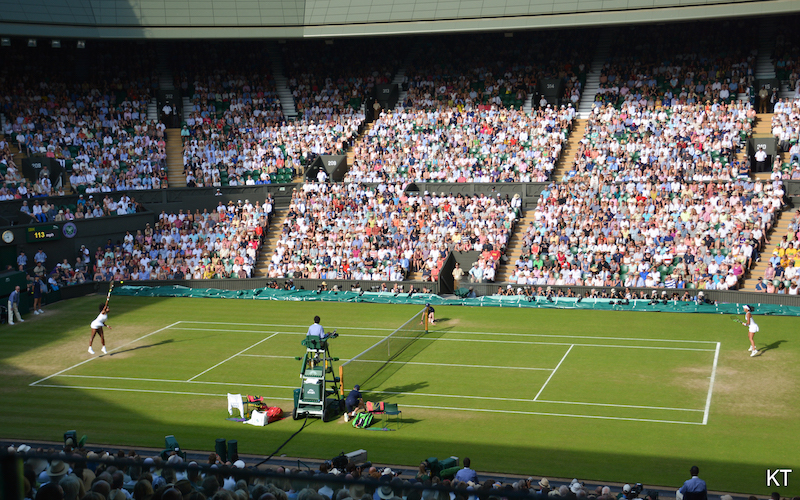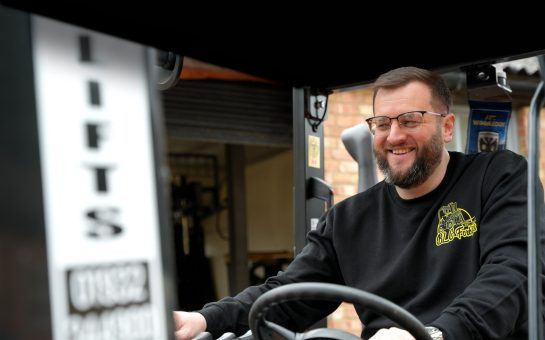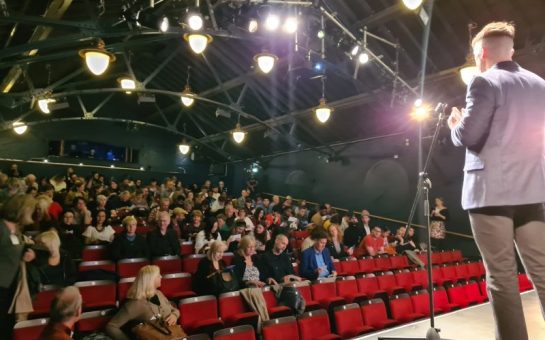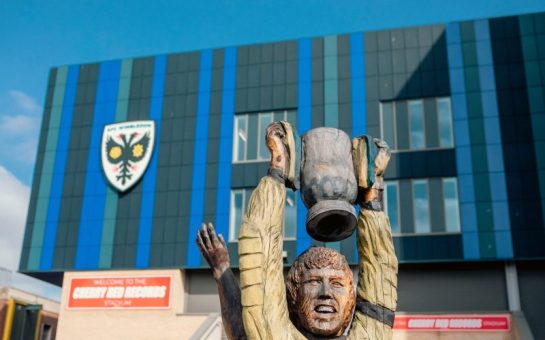Being a ball boy at Wimbledon is a unique experience that not many people will ever experience.
Between line judges, umpires, athletes and fans, it’s easy to forget the vital role that the ball boys and girls play at Wimbledon.
With the competition underway, Arun Astley, a former ball boy from south west London, lifted the lid on life at SW19.
He said: “It was a great thing to be involved in.
“I look back on the whole experience with really good memories.”
Astley got involved in ball-boying through his secondary school, where the P.E. teacher, a former ball-boy himself, also worked as a co-ordinator at Wimbledon.
After getting through a round of trials at school, he managed to pass the trials at Wimbledon itself and officially became a ball boy at the age of 14.
He explained: “We started training in the winter, twice a week doing sessions for hand-eye coordination, ball bouncing and rolling and awareness tests.
“Then we moved on to more court-based activities, learning the rules of tennis and practising being a ball boy.
“In your first year you start in the qualifying tournament a week before, to get you some experience before the Championships begin.
“Then on the first day of the tournament proper, you arrive with all the boys and girls on the coach, you’re designated a team and then you’re ball-boying right from day one.”
By ball-boying at four Championships, Astley was able to see a different side to many of the famous faces we see on our televisions.
He said: “The most famous person I’ve ball-boyed is either Novak Djokovic or Andy Murray – Andy Murray was very nice.
“Considering his reputation you might not think he would be, but he was very polite – you get some that are just down-right rude.
“Nick Kyrgios was quite nice as well and very funny – he’ll engage with you and ask how you’re doing.
“He was quite new at the time as well.”
Of course, England’s flagship tennis tournament is not only famous for hosting the world’s most famous tennis players – it also plays host to a range of celebrity fans.
Astley added: “One time we were on one of the back courts, I think it was Court 17, and Drake walked past.
“He winked at the guy I was with and we both just looked at each other in disbelief.
“I saw Bradley Cooper walking about once as well and when you’re on centre court you can always see a few famous people in the royal box, like David Beckham.”
Although the work the ball boys and girls do may look simple, it’s actually a far more complicated and organised discipline than you might expect.
Astley explained that they’re split into teams of six on the court.
There are two centres at the net who dictate where the balls are located throughout the court and a base in each corner feeding the balls to the players.
Each ball boy or girl is allocated a role and Astley described the attributes that determine that decision.
He said: “Centres are mainly the more agile, faster people, as they need to be able to get around the court quickly – I was a centre.
“With bases, a lot of the time it has to do with height, because centres are on their hands and knees quite a lot, which is quite uncomfortable if you’re taller.
“There’s also an emphasis on looking more professional with the taller ball boys and girls stood towards the back.”
With their positions assigned, the teams of ball boys and girls at Wimbledon then wait to hear what matches they’ll be working.
As you might expect, throughout the Championships the teams that perform better are assigned the more high-profile games and vice-versa.
Astley added: “When you’re on court you have members of staff marking you and giving you a score.
“Show courts are going to receive the most attention, so they obviously want the best boys and girls on those courts.”
Ball-boying at Wimbledon is clearly an experience that Astley will continue to look back on fondly and it’s easy to see why.
Featured image credit: Carine06 via Flickr under CC BY-SA 2.0 license





